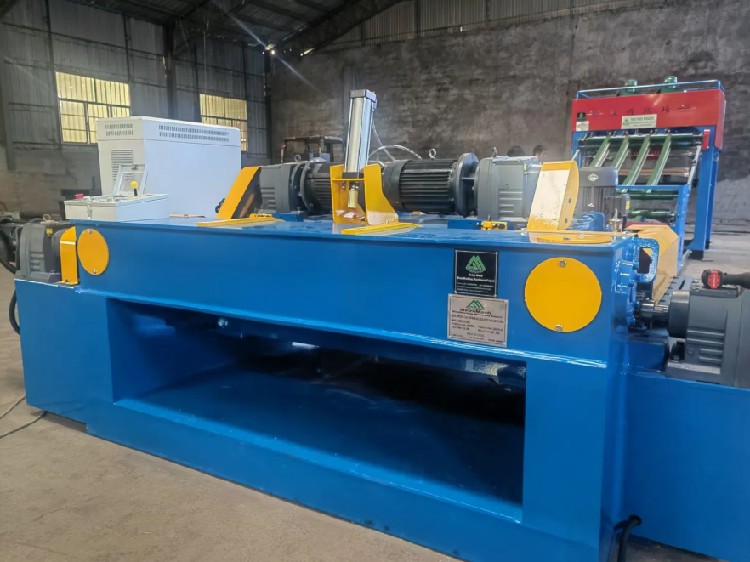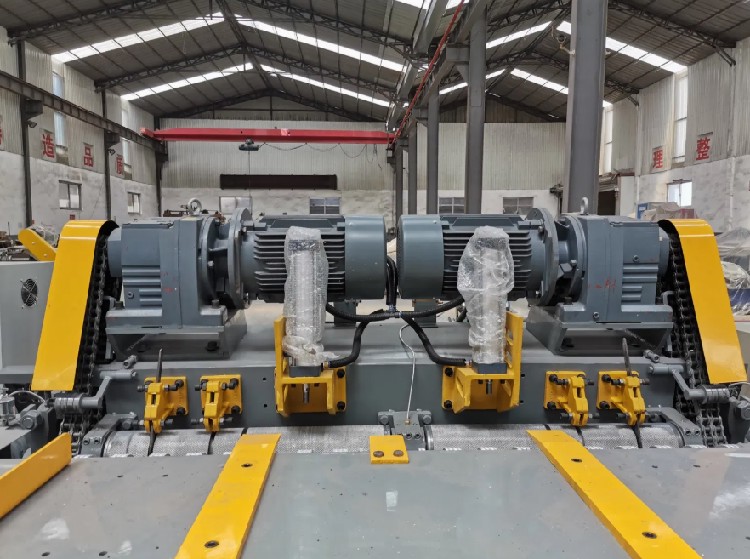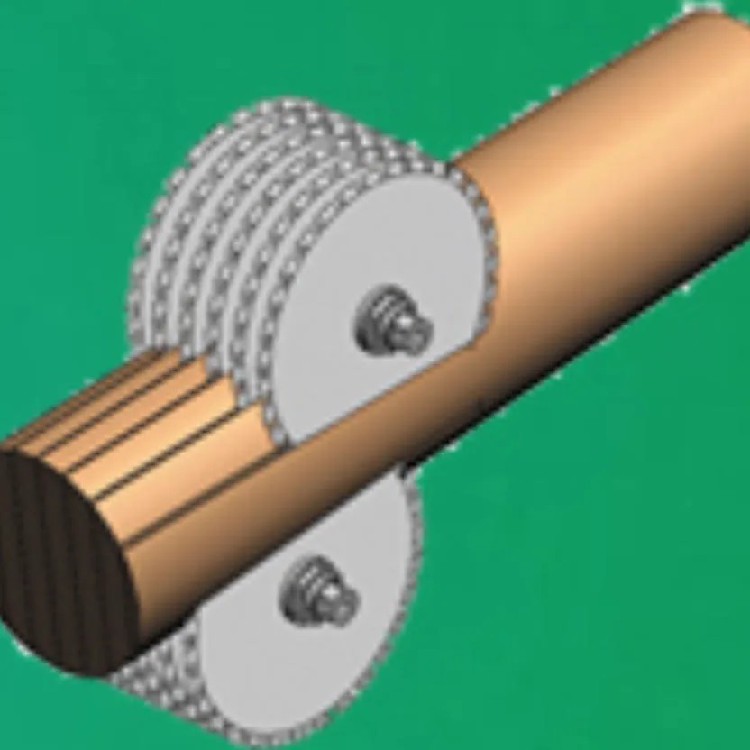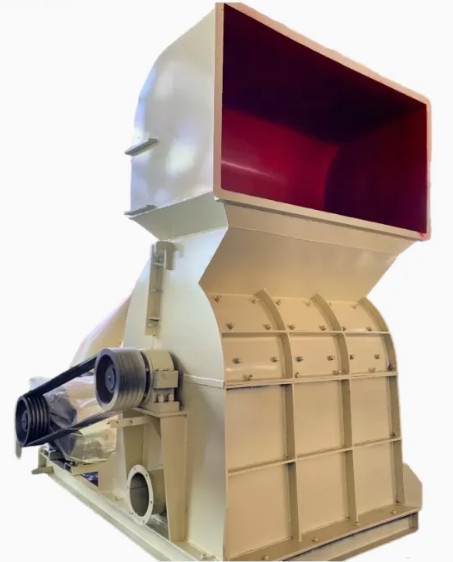Everything You Need to Know About the Wood Peeler: A Versatile Tool for Crafting and Home Projects
Product description
The wood peeler is a must-have tool for woodworking enthusiasts, crafters, and even hobbyists looking to achieve smooth and clean cuts with ease. Whether you are shaping small wooden pieces for your DIY projects, peeling bark, or refining the surface of a wooden sculpture, the wood peeler can make the task significantly easier. In this article, we’ll delve into the essential features, advantages, and primary uses of a wood peeler, as well as answer some of the most frequently asked questions about this indispensable tool.

What is a Wood Peeler?
A wood peeler is a hand tool designed for peeling or shaping wood surfaces whether for the purpose of smoothing rough edges, removing bark, or creating intricate designs. It typically consists of a sharp blade, often made of steel, mounted onto a handle that allows the user to control the direction and force with precision. The blade's design helps ensure that wood is shaved away with minimal effort, providing a cleaner finish compared to traditional methods like using a knife or sandpaper.
Key Features and Advantages of the Wood Peeler
1. Precision Cutting: The most significant advantage of using a wood peeler is the ability to achieve precise and clean cuts. Whether you’re working with softwoods or hardwoods, the blade is engineered to handle varying wood densities, making it versatile for different projects. It helps you to peel away layers of wood evenly, offering excellent control for detailed tasks.
2. Ergonomic Design: Most wood peelers come with ergonomically designed handles, providing comfort during extended use. The shape and material of the handle ensure that the tool fits comfortably in the hand, reducing the strain on your wrist and fingers. This feature is particularly important for long sessions of crafting or woodworking.
3. Durable and Sharp Blade: The blade is typically crafted from high-quality steel, making it durable and capable of staying sharp through numerous uses. A sharp blade ensures that the wood is cut smoothly without splintering, giving your work a professional finish.
4. Versatile Applications: Wood peelers are not just limited to basic peeling tasks. They can be used for shaping wooden pieces, smoothing rough patches, or even removing bark from logs. This versatility makes them suitable for various wood projects, including furniture restoration, wood carving, and DIY crafts.
5. Safety Features: Safety is a key consideration in the design of many wood peelers. Some models come with built-in safety guards or blade protectors, reducing the risk of accidental cuts. The handle often includes a non-slip grip to ensure better control over the tool.

Primary Uses and Applications
The wood peeler is a tool that can be utilized across several woodworking and crafting activities. Here are some of the most common uses:
1. Woodworking Projects: Whether you're creating intricate wood sculptures or simply smoothing out rough edges, a wood peeler is essential for ensuring precise and clean cuts.
2. Furniture Restoration: Wood peelers are often used to remove old varnish, paint, or rough patches from wooden furniture, helping to restore its original finish.
3. Log and Bark Removal: If you're working with logs particularly for firewood or rustic furniture, a wood peeler can help strip away bark without damaging the wood underneath.
4. Crafting: For those who enjoy making wooden toys, frames, or decorative pieces, a wood peeler offers a quick and efficient way to shape and refine wooden surfaces.

Frequently Asked Questions (FAQs) About the Wood Peeler
1. How do I use a wood peeler safely?
To use a wood peeler safely, always ensure that you hold the tool firmly with both hands especially during long or challenging tasks. Use a controlled motion when peeling to avoid slipping. It’s also recommended to wear protective gloves for added safety.
2. Can a wood peeler be used on any type of wood?
Yes, wood peelers are designed to work with both softwoods and hardwoods. However, for particularly dense or tough woods, you may need a model with a stronger or more specialized blade.
3. How do I maintain the sharpness of the blade?
To maintain the sharpness of the blade, regularly clean it after use and store it in a dry place to avoid rust. You can also sharpen the blade using a sharpening stone or tool designed specifically for metal blades.
4. Is a wood peeler suitable for large-scale projects?
For large-scale projects such as furniture making or log carving, a wood peeler may not be the primary tool. However, it is excellent for detail work and smoothing edges on smaller components.
5. Can a wood peeler help with sanding wood?
While a wood peeler isn’t a direct substitute for sanding, it can help smooth rough edges and surfaces, making the sanding process quicker and more effective.

Conclusion
The wood peeler is an indispensable tool for anyone involved in woodworking, crafting, or DIY projects. Its combination of precision, comfort, and versatility makes it an ideal choice for those looking to achieve smooth and professional-quality results. By understanding its key features, advantages, and primary uses, you can make the most of this tool in a variety of applications from detailed carving to bark removal and beyond.
Recommended products



